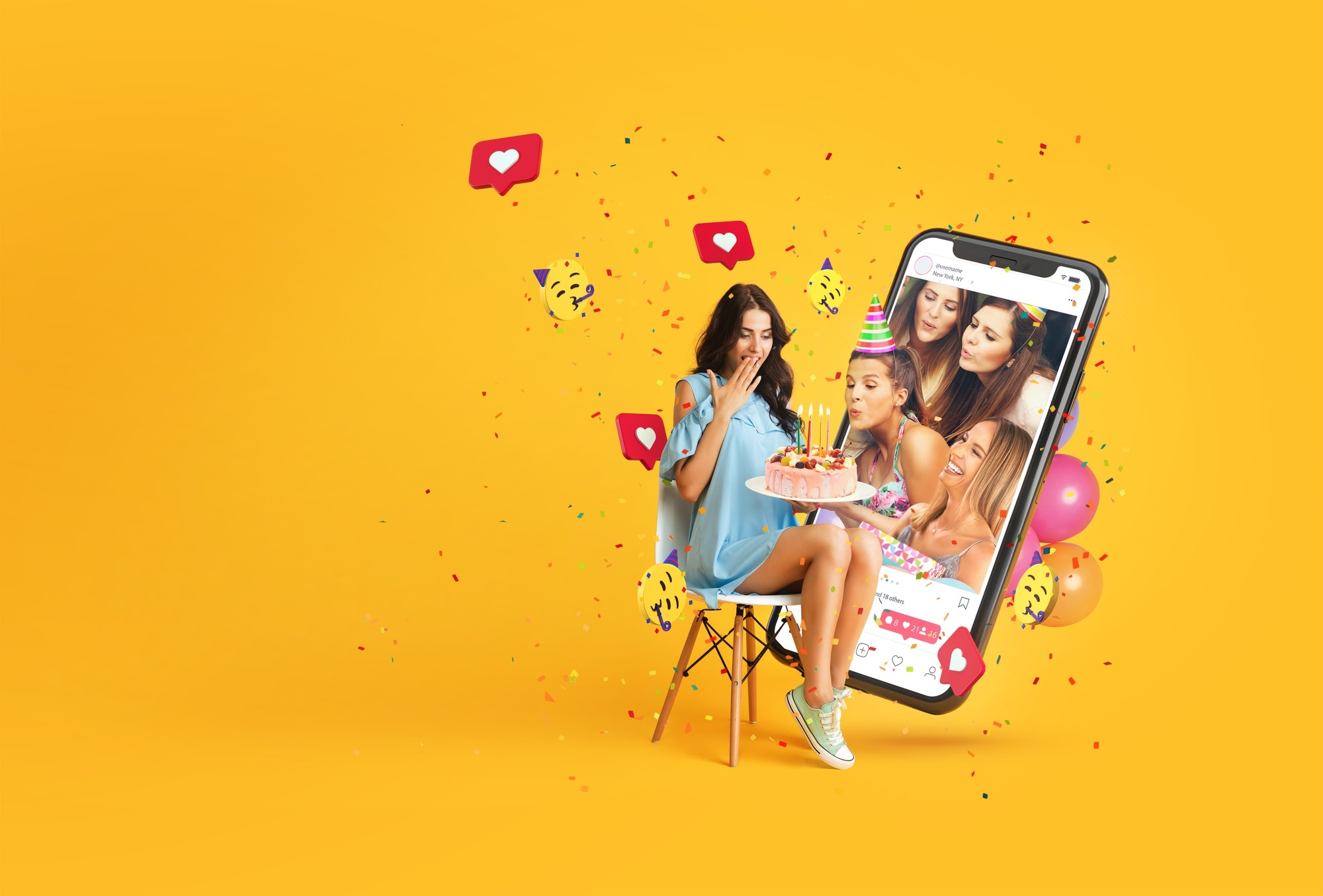What makes a post go viral? It stumps a lot of creators. You may spend hours writing what you believe to be perfect captions for candid photos, only to watch them get very little engagement. The mystery is not about quality; it’s about understanding precisely which buttons to press to make people feel just bursting at the seams with desire to share. Virality is not random; it’s a science that you can study and practice.
It’s the equivalent of building a bridge. You need a solid foundation (a great idea), good supports (emotional triggers), and an easy path to follow (shareability). This article will provide you with the recipe for designing content that helps you reach a broad audience and, even better, earn subscribers.
The Sharer’s Mindset: Why People Really Click ‘Share’
Empathy with the Audience. Before you start crafting any piece of content, it’s good to imagine that you are your buyer. When a user shares, they are carrying out a social act. This behavior often has one of three common motives.
1. To Provide Value to Others
That’s the simplest reason. People post things they think will be of use or fun to their network. A useful guide, a hilarious video, or an interesting study all fit in this category. The big advantage of sharing things like that is that it makes you look like the helpful and knowledgeable one! This is why content with high utility performs so well.
2. To Define Themselves (Social Identity)
What we put up here is a means of self-expression. It’s a type of signaling we do with our social circle to convey our values, interests, and beliefs. Someone might share an article about climate change to signal that they’re environmentally conscious, or a post about a new tech gadget to signal innovation. Your content provides your audience with the language and tools to articulate their identity.
3. To Foster Connection
Sharing is how we interact with each other and build & maintain our relationships. We send a joke to our friend and make them smile, or tag them in a meme about that hobby we both love. This strengthens social bonds. Content that enables such a connection, whether because it is relatable or chat-worthy, has an inherent mechanism to share itself. Content using sad hashtags may evoke a feeling, but it usually doesn’t catalyze a positive connection in the way that encourages sharing.
The Ingredients of a Viral Post
Having answered that question of “why” we share, now let’s consider the “what. There are certain features that consistently appear in viral content. Consider these the ingredients in your viral recipe.
High-Arousal Emotion
Emotion is the fuel, but not all emotions are created equal. In fact, studies have found that strong emotions, including those that give us energy and excitement, high-arousal emotions, are more likely to be shared.
- Positive: Awe, amusement, excitement, inspiration.
- Negative: Anger, anxiety.
Negative emotions can work, of course, but they carry far greater risk for a brand. The best way to do that is by concentrating on positive, high-energy feelings.”
Practical Utility
Is your content addressing an issue? Does it show a new skill or make someone’s life easier? High-quality content has a long shelf life and gets shared not just because it’s great to see, but because sharing is caring. That’s why “how-to” posts, tutorials, and listicles are evergreen favorites.
Surprise and Novelty
The human brain is tuned to keep an eye (or ear) out for new and unexpected information. Surprising content that confounds expectations, undercuts a myth, or showcases an amazing fact is incredibly shareable. This so-called “information-gap” theory posits that our curiosity is aroused when a gap exists between what we know and what we want to know – and that we’re motivated to close the gap.
Data-Backed Insights into Shareable Content Formats
The format of your content will dramatically affect its viral potential. Different formats tap into different psychological triggers and motivations for sharing. The evidence is that there are distinct winners in the race for engagement.
| Content Format | Impact on Average Shares | Why It Works |
| Infographics | 3x more shares than other formats | Presents complex data in a visually appealing, easy-to-digest format. High social utility. |
| “Why” Posts | 2.5x more shares than other posts | Taps into natural curiosity by explaining the reasons behind a phenomenon. Positions the sharer as knowledgeable. |
| Listicles (Numbered Lists) | 2.1x more shares than other formats | Provides scannable, practical value. The headline sets clear expectations for the reader. |
| Case Studies | 1.8x more shares than other formats | Offers social proof and a narrative structure. People are drawn to stories of success and transformation. |
| “How-To” Guides | 1.5x more shares than other formats | High practical utility. Solves a specific problem for the reader and their network. |
| Quizzes | 1.2x more shares than other formats | Highly interactive and taps into the desire for self-discovery and identity expression. |
Building Your Viral Content Engine
Ready to try these ideas out? Shareable content is a practice that can be developed and honed. It’s not a single viral hit, but rather creating an engine of engagement.
Step 1: Identify Your Core Emotional Territory
What feelings are authentically ownable by your brand? A fitness brand could focus on inspiration and fun. A financial services company might concentrate on relief and security. Pick 1-2 key emotions and base your content strategy on them.
Step 2: Map Your Content to Sharer Motivations
For each piece of content, ask yourself:
- Utility: How does this help my audience or their friends?
- Identity: What does sharing this say about the person who shares it?
- Connection: Does this content provide people with a reason to engage with one another?
Step 3: Choose the Right Format
Then, select a format from the table above based on your message and desired motivation. If you have unexpected statistics, make an infographic. If you’ve solved a problem step by step, turn it into a “how-to” guide.
Step 4: Write a Magnetic Headline
Your headline introduces you to the world. It has to be clear, interesting, and establish a curiosity gap. Use numbers and ask a question that offers the reader a clear benefit in return.
Step 5: Make Sharing Effortless
Have bright and pretty share buttons on your site. In your social media posts, feel free to include a clear call to action, such as “Share this if you found it helpful.”
Virality Is About Connection, Not Clicks
The objective of creating content that goes viral should not be limited to simply racking up views. It needs to work to offer a sincere point of connection with your audience. When you make something that is both genuinely useful and provides people with an emotional connection to express themselves, you’re doing more than just marketing. You are building a community.
Concentrate on offering real value, and the shares will come. With this blueprint, you will go from trying to (often vainly) hope what “might work” and implement a clear strategy on exactly the content people want to share.




